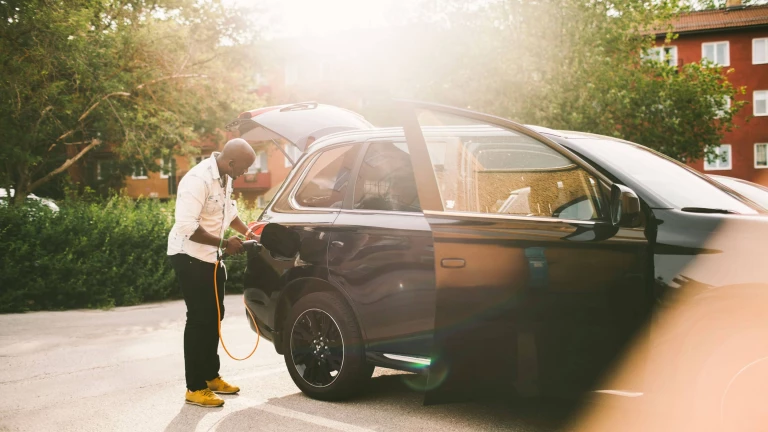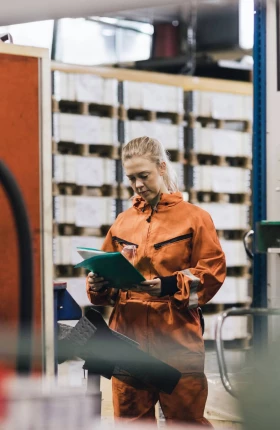We’re entering another make-or-break year for the transition to electric vehicles (EVs). Huge sums are pouring into new manufacturing capacity and technologies, especially in the US since passage of the Inflation Reduction Act. This is turbocharging a sector that was already taking off. By 2030, BCG predicts, electric cars will account for 39% of light vehicles sold globally.
But for this future to materialize, the supply of lithium-ion batteries required to power these vehicles—not to mention meet the rapidly growing storage needs of electric power grids and consumer electronics—will have to increase on the order of tenfold by the end of this decade. And that’s a conservative case.
Right now, we’re well off this pace. To get on track, serious progress must be made immediately on addressing two huge constraints—manufacturing bottlenecks and projected shortages of critical materials.
Several positive developments that are unfolding right now give me reason for optimism. One is significant advances in “the machine that makes the machine,” a term Tesla has popularized to refer to the equipment, factories, and processes that can produce lithium-ion battery cells better, faster, at lower cost, and with more efficient use of critical materials. A related trend to watch in 2023 is breakthroughs in production processes that could improve the economics of extracting and refining critical minerals, such as lithium, nickel, and cobalt, and of key components like cathodes and anodes.
Several positive developments that are unfolding right now give me reason for optimism. One is significant advances in “the machine that makes the machine,” a term Tesla has popularized to refer to the equipment, factories, and processes that can produce lithium-ion battery cells better, faster, at lower cost, and with more efficient use of critical materials.
Tesla inspired heightened attention on manufacturing innovation two years ago, when it announced that rather than focusing just on improvements in the cells and batteries themselves, it would invest more time and resources on innovative ways to make them in order to achieve step changes in cost reduction, performance, and output. A key element of this strategy will be “dry electrode manufacturing.” This eliminates the need for drying key components, a step that requires a facility more than a football field long and is one of the most capital-intensive, time-consuming, and environmentally sensitive processes in cell manufacturing. Tesla has estimated that dry electrode manufacturing will require 86% less capital investment and will boost electrode line output by around 700%. We anxiously await to see if pilot production can begin this year.
Other battery cell manufacturing innovations, some of them revolutionary, are ripe for greater adoption. Next-generation equipment that promises higher-speed manufacturing, improved quality, and wider product range—such as coaters and stacking machines employing smart controls, simulation, and vision and laser technologies—is hitting factory floors. There are also companies such as Sakuu, a Silicon Valley–based cell manufacturer, piloting wholly different approaches to battery manufacturing, such as rapid 3D printing. If successful, some of these initiatives can be real game changers by bringing batteries to market faster, consuming less energy, and making much better use of scarce resources.
The Sustainable Advantage: Build lasting impact through sustainability
Further upstream, new production methods are taking hold that could provide some longer-term relief to supply constraints of critical materials. There are simply not enough new, economically attractive mining projects in the pipeline for lithium and other materials for us to rest easy that the energy transition will proceed smoothly. This year, we should get a clear idea whether innovations such as direct lithium extraction, plasma technology for advanced materials, and novel recycling techniques can be major solutions in an upcoming era of resource scarcity.
Supplying the batteries needed to keep the EV transition on track is a massive challenge. And time is running short. But with collective action, it is doable. We’re now starting to see all the pieces come together as battery manufacturers, equipment suppliers, and the OEMs that buy batteries embrace the next wave of technologies.








